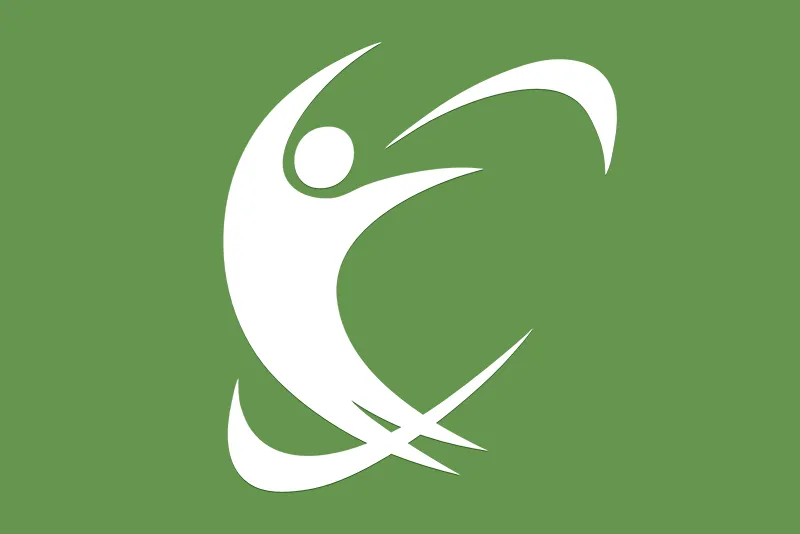Download printable Hip Arthroscopy Post-Op Instructions
Overview: You have undergone a hip arthroscopy using a small fiber-optic camera to perform the surgery. This is done through several small incisions about the size of a buttonhole. You may have several of these, depending on the complexity of the surgery performed.
- Diet: Begin with liquids, then resume your regular diet when you feel ready to do so.
- Activity: Unless otherwise instructed, you may place as much weight as tolerated on the operative side. Use the crutches to be sure that you put your foot down flat on the floor, rather than walking on tiptoe. This will prevent inflammation of the hip flexor. Once you are able to walk foot flat without a limp, the crutches may be put aside. This can be anywhere from just a few days all the way up to six weeks, again depending on the surgery performed, and your postop discomfort. Driving a car should be avoided until you no longer require medication for pain. Additionally, if it is your right leg, you should be able to do the stairs independently in order to be safe to drive for accident avoidance.
- Precautions: For your own safety, please do not drink alcohol, operate hazardous equipment, or make important decisions for 24 hours after anesthesia. These also apply if you are using narcotic pain medication in addition to the over-the-counter treatments we recommend.
- Wound Care: It is important to keep the surgical dressing on and dry for the first three days or so. The incisions are typically closed with absorbable suture under the skin, and either staples, suture or Steri-Strips depending swelling at the end of surgery. You may apply Band-Aids to the incisions, and change them after showers. Please do not take a bath, use a hot tub, or go swimming until after the first follow-up visit, since the bacterial load in these is much higher than your shower. It is normal to see a fair amount of swelling especially in the buttock and thigh on the operated side immediately following the surgery due to the fluid that is used through the arthroscope. This may also cause some bloody appearing drainage into the dressing, and is normal.
- Pain Control: The most recent data on post pain management recommends what is known as multimodal pain management. This includes nerve blocks applied around the time of surgery, as well as typical over-the-counter medications such as Tylenol, ibuprofen, and Benadryl. The current recommendation is to begin with Tylenol four times daily, two ibuprofen four times daily, and two Benadryl four times daily with meals and before bed time as the base for pain management. The prescription for narcotic medication can then be added for breakthrough pain on top of these. The initial doses of Tylenol and ibuprofen are given IV at the time of surgery, and can be done orally once you arrive home. If you have an allergy or history of ulcer disease, you may be asked to avoid the ibuprofen. Additionally, ice packs locally to the hip 20 minutes every hour or two during the day can help with both swelling and pain. DO NOT DRIVE, DRINK ALCOHOL OR PERFORM DUTIES THAT REQUIRE CONCENTRATION OR MANUAL DEXTERITY WHILE TAKING THE NARCOTIC MEDICATION. Take the medication with food or milk.
- Blood clots: Blood clots are rare after hip arthroscopy. The more active you are the less likely they 92 Montvale Ave. Suite 1400, Stoneham MA 02180 www.AgilityDoctor.com are to occur. As a precaution, on the day after surgery, take one coated aspirin daily for two weeks to help prevent blood clots. Skip this step if you are allergic to aspirin or anti-inflammatory medicine, or have stomach ulcers.
- Work/School: You may return to work or school as soon as you are comfortable to do so. This varies widely, but can be as little as 3 to 5 days. If you require a note to return to work or school, please let us know so that this can be taken care of on our letterhead for you.
- Follow-up Appointment: The date and time of your follow-up appointment is listed on the preoperative letter. If you are unsure when this is scheduled, please call the office at (781)279–7040.
- Exercise: The single most important exercise after hip arthroscopy is being able to get up and actually put some weight on the affected leg. Initially this will be with your crutches, again remembering foot flat with your crutches. The following exercises are recommended as well:
- Ankle Pumps – Pump your ankle up and down as far as it will go in each direction, three sets of 10 three times a day. This helps prevent swelling in the calf and also minimizes potential for blood clot.
- Heel Slides – while lying on your back in bed, bend your knee and flex your hip to bring your heel toward your buttock, one leg at a time alternating both sides. Again try to get three sets of 10 three times a day.
- SIGNS & SYMPTOMS: If you have persistent fever greater than 101°, wound redness with increasing tenderness to touch, or develop calf pain, please contact the office to speak with one of our providers.
